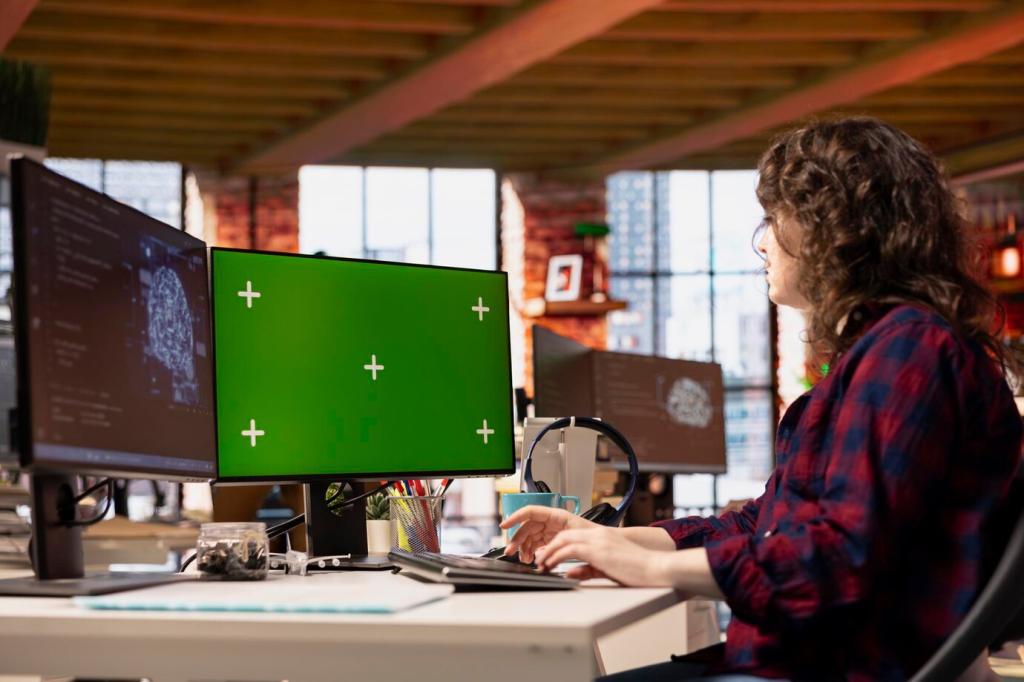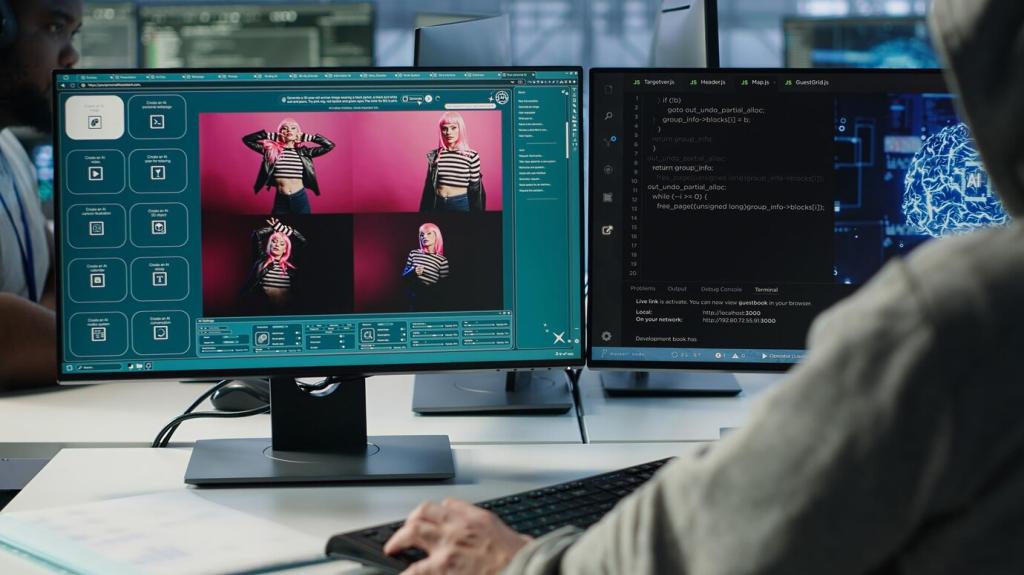Build Your Dream Machine: Custom PC Building Guides
Start Smart: Define Purpose, Budget, and Timeline
Identify Your Use Case
Are you targeting high-refresh gaming, 4K video editing, music production, or software development? Your workload shapes every component choice in a custom PC. List your top applications and target resolution or frame rate, and we’ll suggest tuned build paths in upcoming posts.
Budget With Headroom
Set a budget that balances performance and reliability, then leave a little headroom for essentials like a quality power supply or a better cooler. In custom PC building guides, we emphasize smarter allocation: prioritize CPU or GPU based on your primary tasks, and watch for seasonal discounts.
Plan Your Build Day
Choose a calm afternoon, clear a large table, and prepare tools—Phillips screwdriver, thermal paste, anti-static wrist strap, and zip ties. Custom PC builds go smoother when you pace yourself, take progress photos, and keep manuals handy. Share your checklist to inspire other builders.

For gaming-first builds, prioritize strong single-core and cache performance; for creative work, favor more cores and threads. In our custom PC building guides, we map workloads to CPU tiers so you don’t overspend. Consider platform longevity and planned future upgrades before deciding.

Let your monitor guide your GPU choice: 1080p high-refresh differs from 4K cinematic quality. With custom PC building, aim for realistic settings that meet your visual expectations. Ensure case airflow and PSU capacity align, and tell us your target resolution for tailored recommendations.

Look beyond aesthetics. Stable power delivery, BIOS maturity, and I/O layout affect long-term satisfaction in a custom PC. Choose form factor for your case, confirm slot placement for your GPU, and verify features like PCIe lanes, M.2 support, Wi‑Fi, and front-panel USB-C.
Compatibility Checks That Save You Time
Power Budget and PSU Quality
Estimate total system draw and add healthy wattage headroom for transient spikes, especially on modern GPUs. In custom PC builds, choose an efficient, reputable PSU with the right connectors. Modular cabling simplifies management and airflow, and future GPU upgrades become easy.
Clearances, Cooling, and Case Fit
Measure twice. Check CPU cooler height, GPU length and thickness, radiator support, and fan placements. Custom PC building benefits from planned airflow: front intake, top and rear exhaust, and dust filters aligned. Confirm front-panel headers and cable reach for a cleaner, quieter finish.
Memory and Storage: Verify Listings
Use a motherboard’s QVL or vendor configurators to confirm RAM compatibility. For custom PC stability, enable XMP or EXPO profiles after first boot. Plan M.2 slot usage around heatsinks, PCIe lanes, and GPU clearance, and back up data before migrating drives.
Assembly, Step by Step
Remove panels, install case standoffs, and pre-route front-panel cables for easier access. In custom PC builds, laying out screws and parts by stage prevents confusion. Test-fit your radiator or extra fans early so you avoid rework once the motherboard is mounted.
Assembly, Step by Step
Install the CPU carefully, align the triangle, and apply a small, even dot of thermal paste. Seat RAM in the recommended slots for dual-channel operation. Custom PC builders benefit from mounting the cooler outside the case when possible for clearer visibility and fewer slips.


BIOS, Firmware, and First Boot
Download the correct BIOS from the motherboard vendor, use a formatted USB stick, and follow the exact flashing procedure. Custom PC builders avoid interruptions during updates and reset to defaults first. After flashing, confirm device detection and time settings before major tuning.

Test, Tune, and Troubleshoot Like a Pro
Run CPU, GPU, and memory tests with real-time monitoring for temperatures, clocks, and errors. In custom PC building, stability matters more than a few extra benchmark points. If issues appear, revert to stock settings and isolate changes one at a time.

A Builder’s Story: From Parts to Pride
After years on a noisy prebuilt, I wanted quiet power and clean cable runs. Custom PC building promised control, learning, and a rig that reflects my taste. I sketched goals, saved gradually, and picked parts that fit my workflow and weekend gaming rhythm.

Upgrade Paths and Longevity
01
Choose a Platform With Room to Grow
Consider socket longevity, BIOS update cadence, and available PCIe lanes. In custom PC planning, a stable motherboard with strong VRMs supports better CPUs later. Keep spare fan headers, accessible M.2 slots, and front-panel USB-C to accommodate the next wave of peripherals.
02
Plan Storage the Right Way
Mix fast NVMe for projects with large SATA drives for archives. Custom PC builders should map lanes to avoid disabling ports when populating slots. Label cables, maintain backups, and keep one M.2 slot free for painless future expansion when that bigger drive goes on sale.
03
Keep It Clean, Cool, and Quiet for Years
Long-term success means dust filters, scheduled cleaning, and revisiting fan curves each season. In custom PC ownership, small tweaks like undervolting a GPU or re-pasting the CPU extend component life. Share your maintenance routine so others can learn proven habits.
